In this article, we will explore the importance of light and shadow in creating impactful compositions and provide some tips on how to make the most of these elements in your own artistic endeavors.
Why Light and Shadow Matter
Light and shadow are fundamental aspects of visual perception. They add dimension, texture, and depth to an image, elevating it beyond a mere depiction of reality. By manipulating the lighting conditions in a scene, artists can evoke different emotions, direct the viewer’s attention, and create a sense of drama or mystery.
Key Takeaways:
- Create mood and evoke emotions through the strategic use of light and shadow.
- Direct the viewer’s attention by emphasizing certain elements using lighting techniques.
- Add depth and dimension to your compositions by playing with the interplay of light and shadow.
Understanding how light interacts with different surfaces and objects is essential for achieving compelling compositions. The angle, intensity, and direction of light can drastically alter the way an image is perceived. For instance, backlighting can create a sense of silhouettes and mystery, while side lighting can emphasize textures and add a three-dimensional quality to the subject.
Shadows, on the other hand, provide contrast and can shape the perception of an object’s form. By carefully placing shadows, artists can create the illusion of volume, making two-dimensional images appear more lifelike. Shadows can also help guide the viewer’s gaze, leading them towards the focal point or important elements within the composition.
Key Takeaways:
- Experiment with different lighting angles and intensities to achieve desired effects.
- Use backlighting for atmospheric and mysterious compositions.
- Utilize shadows to add depth and create a sense of volume.
In addition to technical considerations, understanding the psychological impact of light and shadow is crucial for creating visually engaging compositions. Warm colors and soft lighting can convey feelings of warmth, intimacy, and calmness, while cool colors and harsh lighting can create a sense of tension, unease, or drama.
When incorporating light and shadow into your compositions, it’s important to consider the overall mood you want to convey and choose your lighting techniques accordingly. By understanding the emotional effect of different lighting scenarios, you can effectively communicate your intended message to the viewer.
Key Takeaways:
- Use warm colors and soft lighting for intimate and calm atmospheres.
- Experiment with cool colors and harsh lighting for dramatic or tense compositions.
- Consider the emotional impact of different lighting scenarios.
While it’s important to master the technical aspects of lighting and shadow manipulation, it’s equally crucial to trust your artistic instincts and experiment with different approaches. The use of light and shadow in compositions is an art form in itself, and the more you practice and explore, the better you’ll become at creating impactful and visually stunning artworks or photographs.
Conclusion: Harnessing the Power of Light and Shadow
In summary, the strategic use of light and shadow is essential for creating powerful compositions in visual arts and photography. By skillfully manipulating lighting conditions, artists can evoke emotions, add depth, and emphasize certain elements within their work. Understanding the psychological impact of light and shadow, along with technical considerations, allows artists to communicate their intended message effectively to the viewer.
Remember, the interplay between light and shadow is a powerful tool in your artistic arsenal. With practice and experimentation, you can master the art of using light and shadow to create compelling and visually striking compositions.
Key Takeaways:
- The interplay between light and shadow is a powerful tool in art and photography.
- Mastering lighting techniques is key to creating impactful compositions.
- Understanding the psychological impact of light and shadow enhances artistic expression.
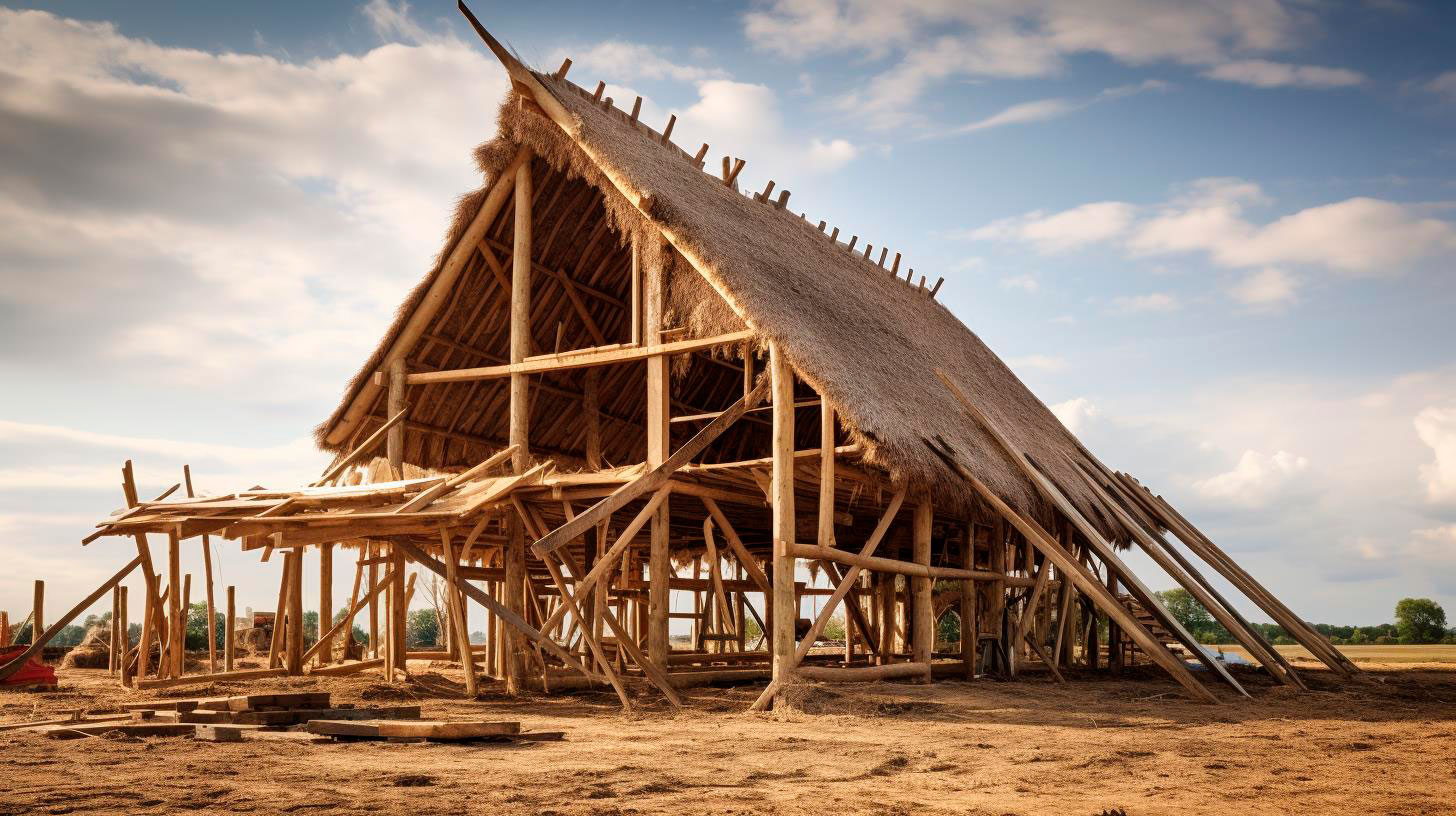
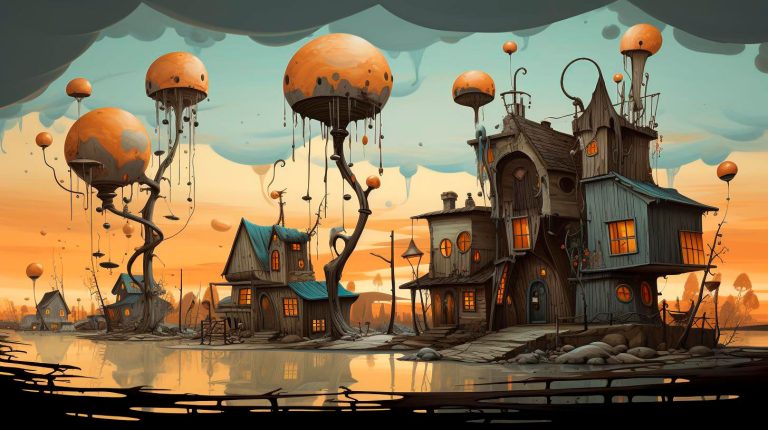
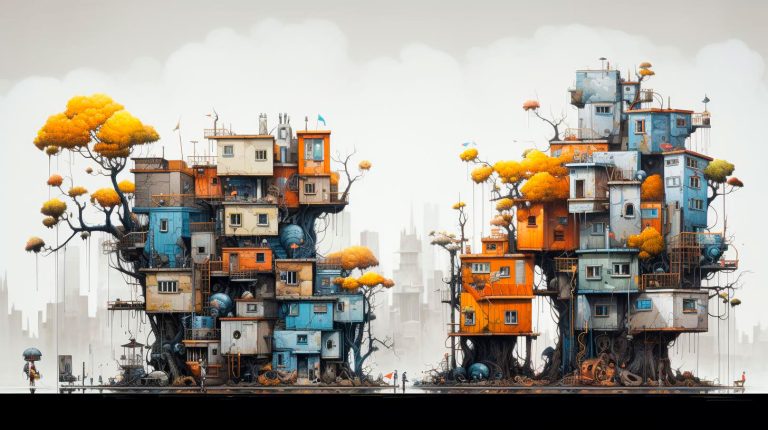
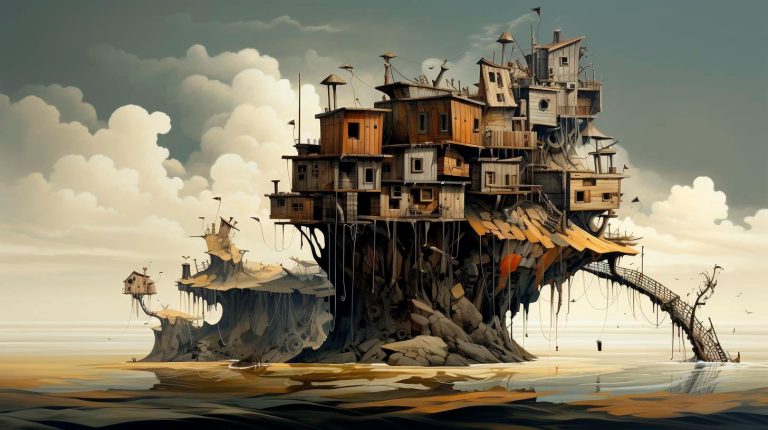
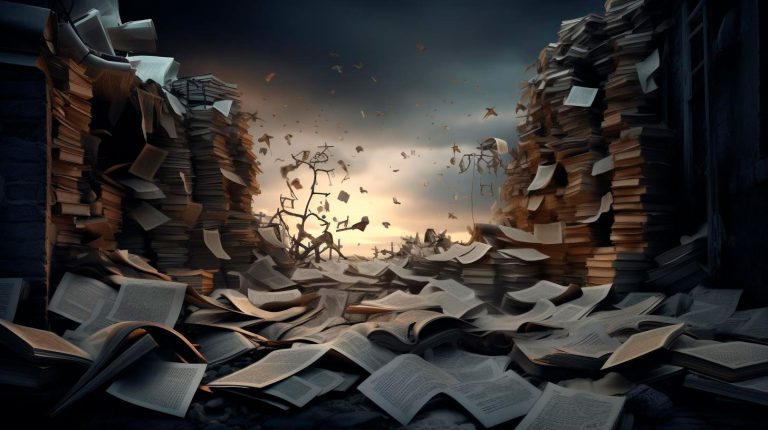
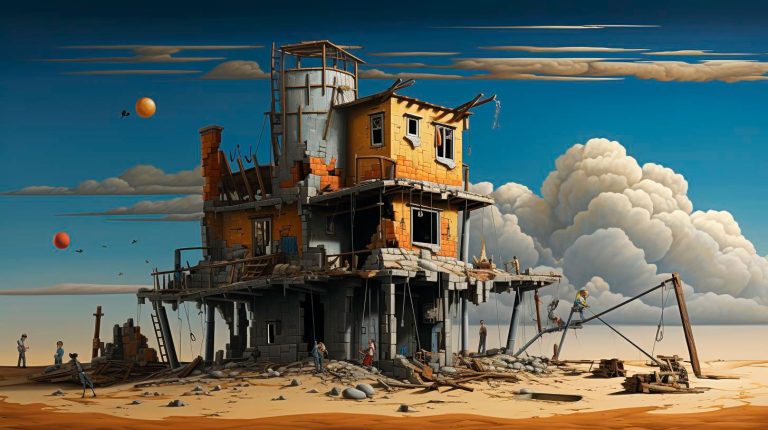
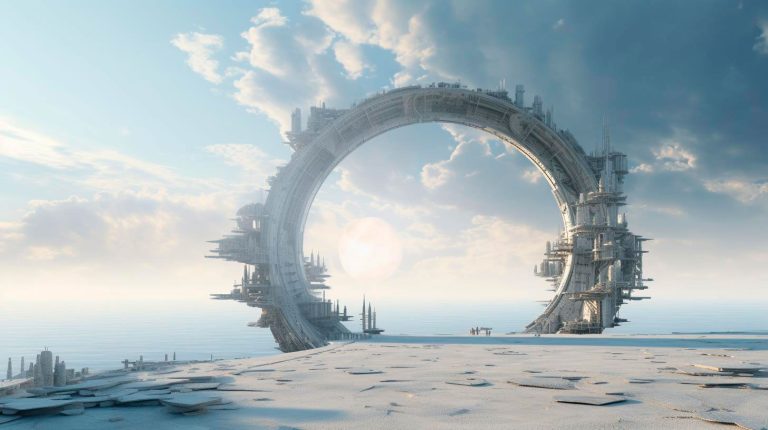
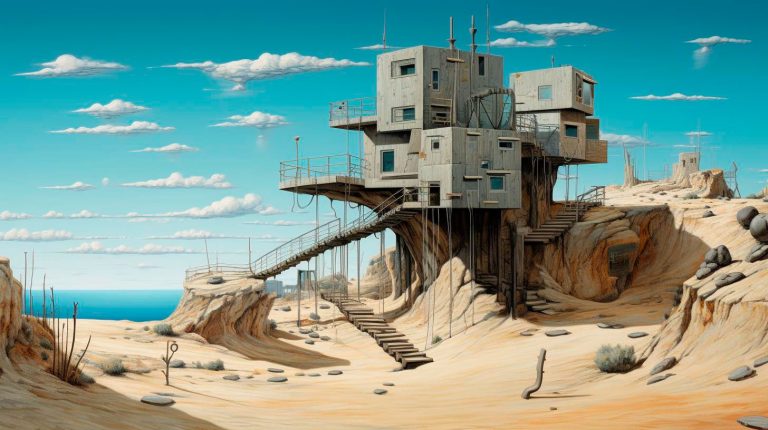

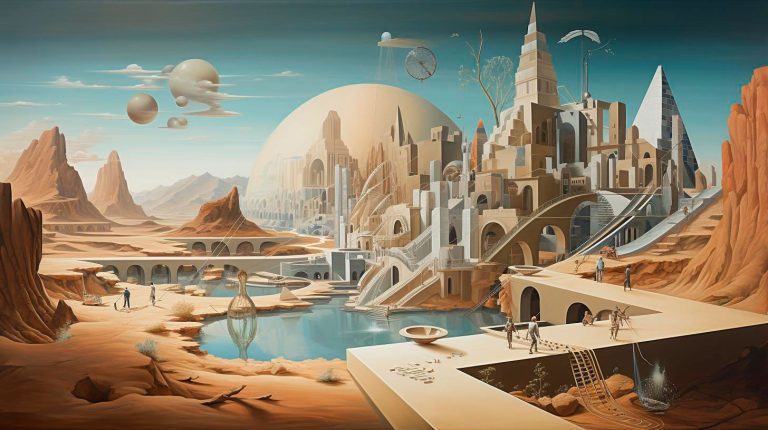
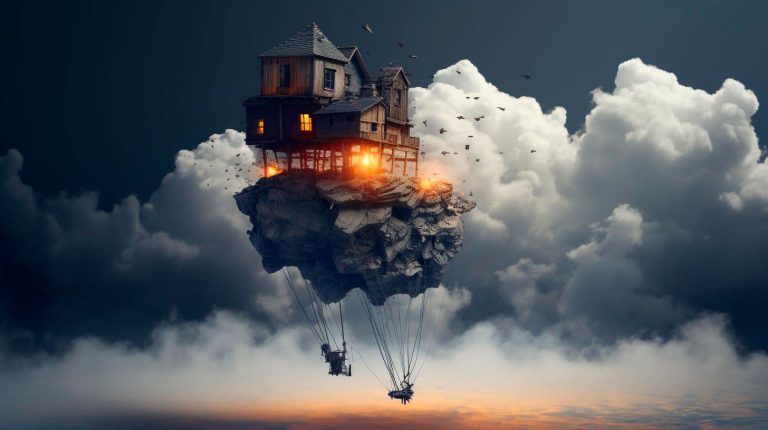








+ There are no comments
Add yours